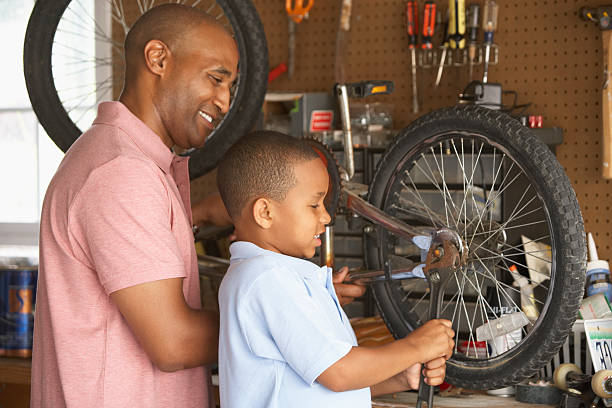
So, you've got the bicycle of your dreams... now what? Buckle up, fellow rider, because proper tire maintenance could very well be your ticket to a long-lasting and enjoyable cycling experience. Owning a bike is like having a pet – it's a commitment. Here are some tips for keeping those tires in tip-top shape:
Maintain Ideal Tire Pressures

The general rule of thumb is to run tire pressures on the higher side if you are going for speed (like on a road bike) and want to avoid punctures and tire flats as much as possible. If you want better comfort, control, and better grip when riding in slippery road conditions like in the rain or on sand, a slightly lower tire pressure might do the trick. Also, if you're on the bigger side in terms of weight, you want to use higher tire pressures to avoid flats and rim deformations. If you are parking your bike for longer periods, use higher tire pressures. And pump up your tires from time to time because tires gradually lose some air.
Tire pressures are an important part of tire performance and maintenance. Keep your tires happily pumped, and you'll enjoy better control and a more comfortable experience. You can adjust your tire pressures to suit the kind of riding you're doing.
Too low, and you'll face increased rolling resistance and a one-way ticket to pinch flat city.... Too high, and your ride might start feeling like a bumpy rollercoaster. So, grab that pump and find the sweet spot for a ride that's just right.
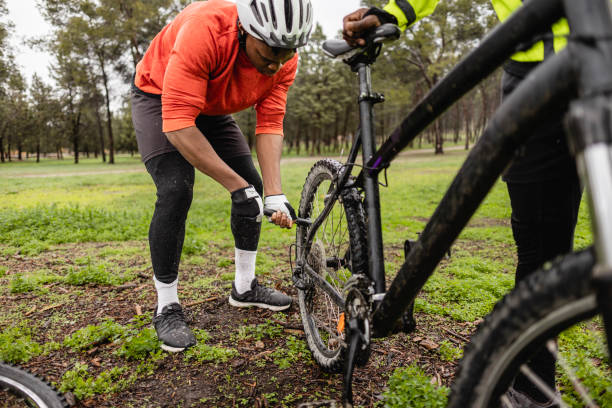
Inspect for Wear and Damage
Frequent inspection of your tires is crucial. Look for cuts, tears, punctures, or any signs of wear on the tread and sidewalls. Any damage could compromise the tire's integrity and lead to flats. A sharp object can also lodge in your tires for a while before getting the chance to penetrate your tire wall and your tubes. Therefore, it is important to inspect your tires from time to time.
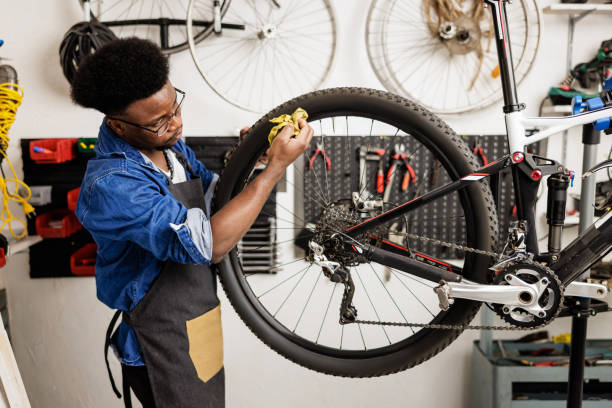
Keep Tires Clean
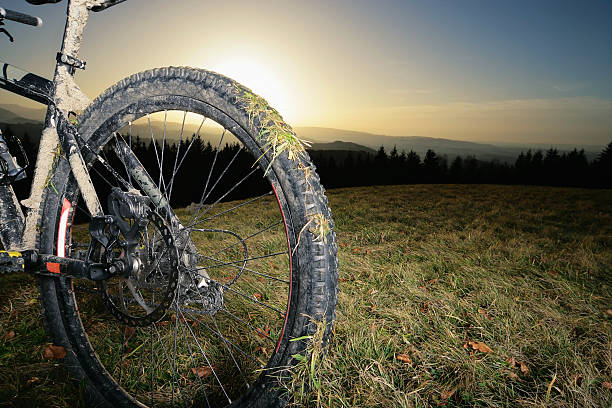
Road debris like glass, thorns, and sharp objects can easily become lodged in your tire treads. And mud, grass and grease can make it hard to spot those sharp objects lurking around your tires waiting for the chance to cause a flat. Regularly clean your tires to remove these debris, reducing the risk of punctures. Use a gentle brush and mild soap to clean the tires, and ensure they are dry before hitting the road.
Rotate the Tires
Front and rear tires wear differently due to varying weight distribution. Your front tire wears more from braking and cornering while your rear tire wears more from acceleration and your pedalling force. To ensure even wear, periodically rotate the tires.
Switch the front tire to the rear and swap the back tire with the front. You can swap them every 6 months to 1 year or sooner based on how often you ride. This practice extends the lifespan of your tires and optimizes their performance.
Store Your Bicycles Properly
If you're storing your bike for an extended period, consider lifting it off the ground or using a bike stand to prevent the tires from resting on a flat concrete or bare ground surface. This prevents flat spots and maintains the tire's shape. Additionally, store your bike in a cool, dry place away from direct sunlight to prevent deterioration of the rubber.
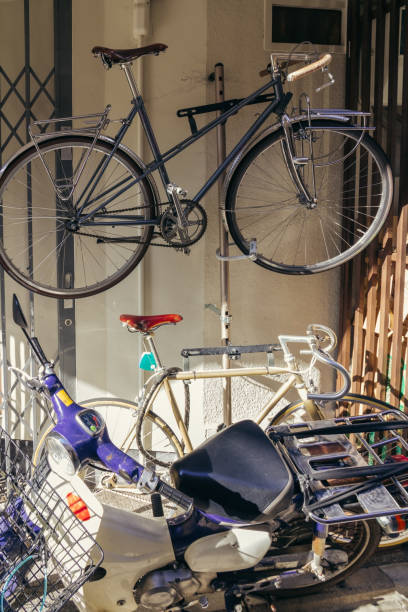
Invest in Quality Tires
Investing in high-quality tires can improve your riding experience. Quality tires offer better grip, durability, and puncture resistance. Decide whether you are more suited to Clincher tires, Tubular tires, or even Tubeless tires Make time to understand how these tires work and buy new tires of the type you prefer. While they may be slightly more expensive upfront, they pay off in terms of better performance and reduced maintenance in the long run.
Learn Basic Tire Repair
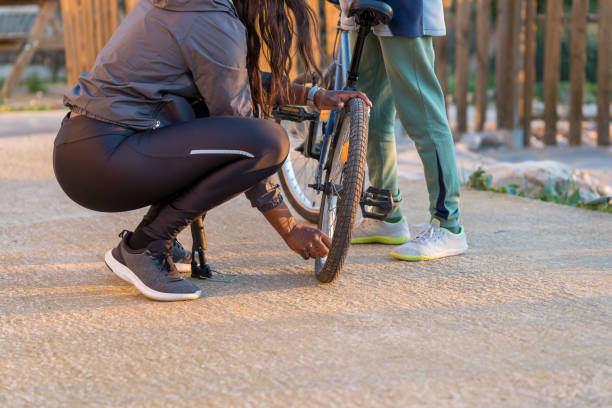
Flat tires are an inevitable part of cycling -well except you are running Tubeless Tires. Learning how to change an inner tube and perform basic tire repairs can save you time and hassle on the road and is actually easier than you think.
Also most bicycles these days come with a quick release lever that greatly speed up the process of removing your tire and fixing a flat. Carry a spare tube, tire levers, and a portable pump or CO2 inflator to handle unexpected flats. You can also know the bike mechanic shops around the route you constantly ride in to navigate your way when you need help with your tires.
Proper bicycle tire maintenance is a fundamental aspect of ensuring a smooth and enjoyable riding experience. Regularly inflate your tires, inspect for damage, keep your tires clean, and learn basic tire repair techniques. By following these tips, you'll not only prolong the life of your tires but also contribute to a safer and more enjoyable cycling journey. Remember, taking care of your bike's rubber companions is like investing in countless joyful rides. Inflate with care, inspect like a pro, and pack that spare – because a well-loved tire is a happy tire, and a happy rider. Happy riding, my tire-iffic friends!